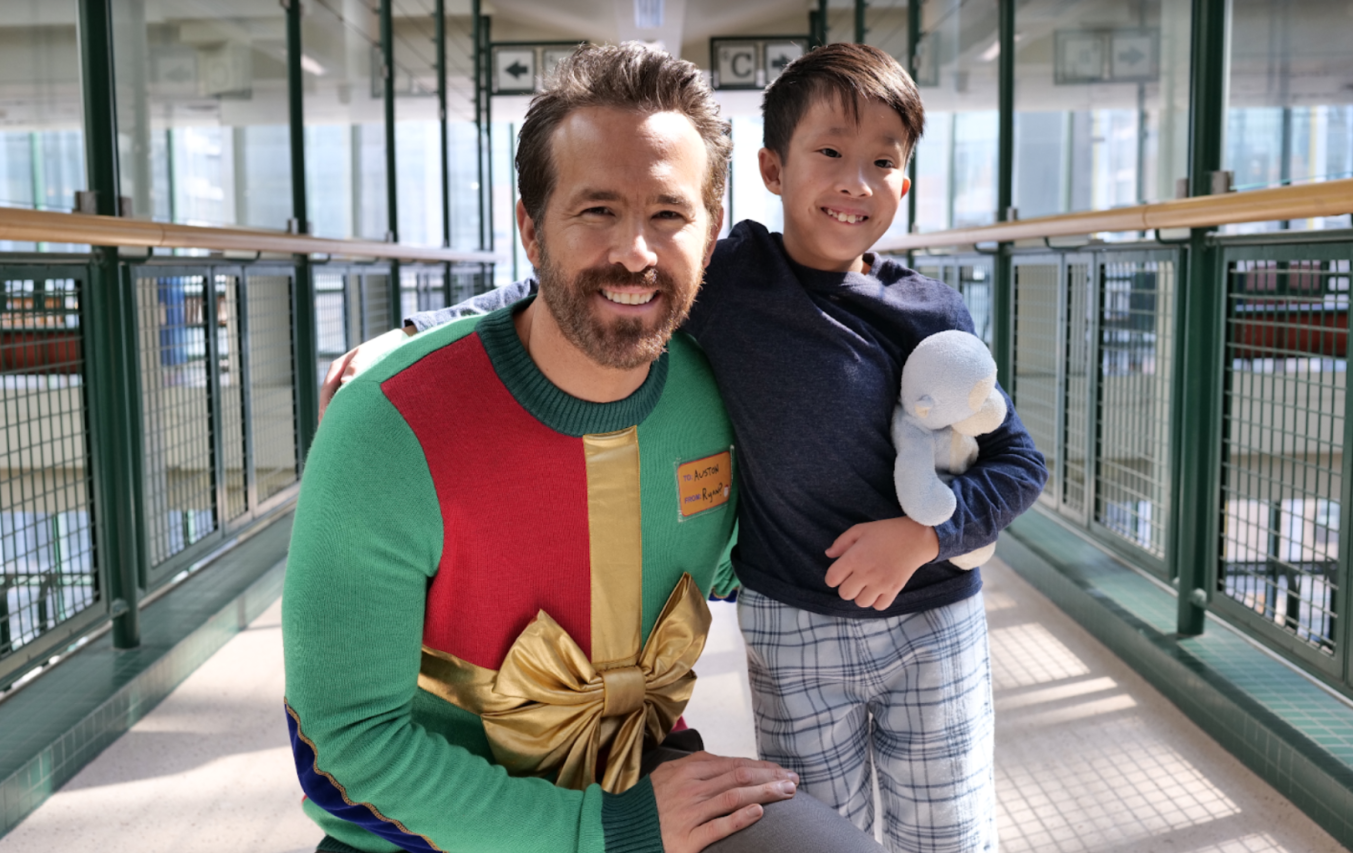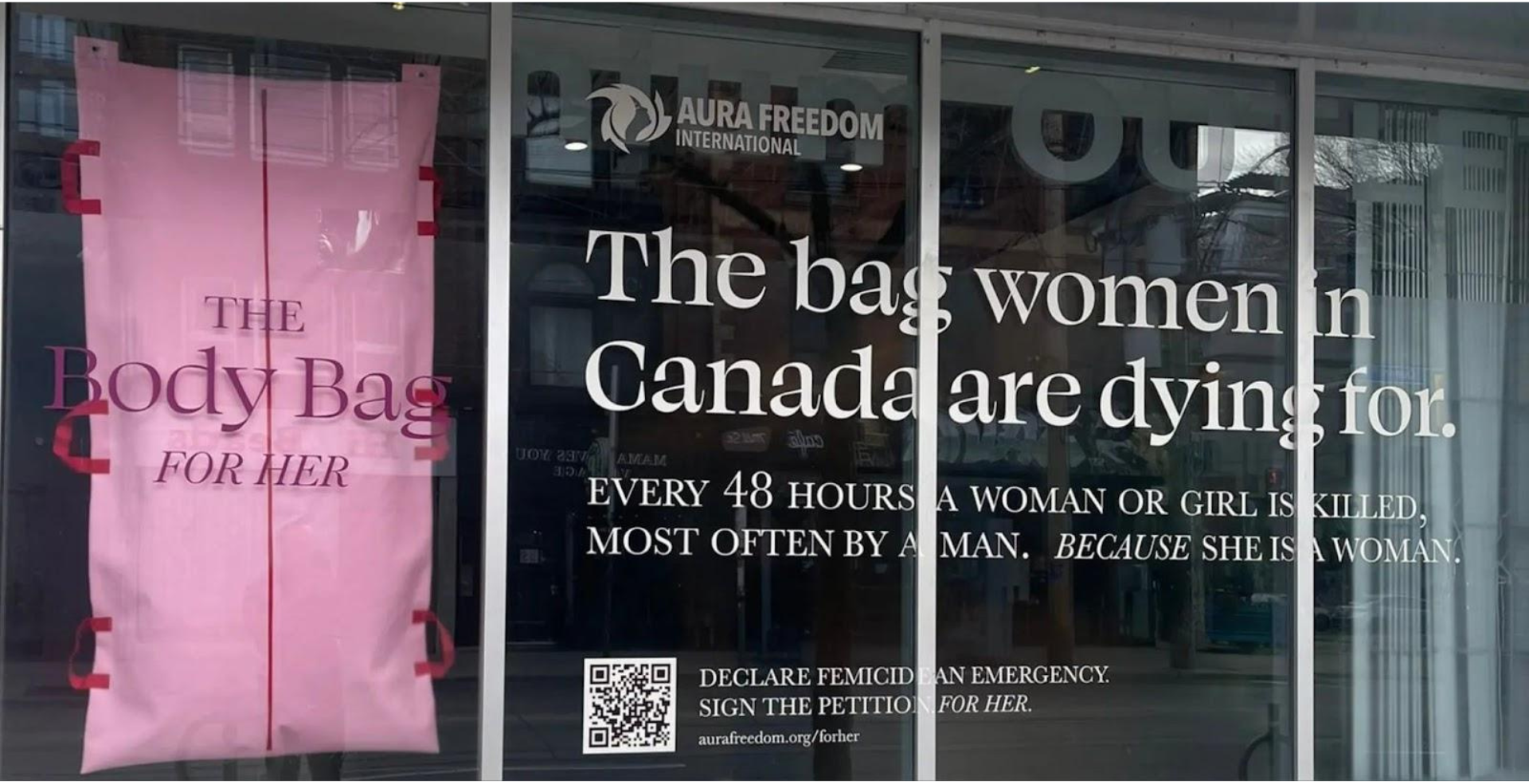Should your charity consider a celebrity spokesperson?
Why It Matters
A celebrity endorsement can bring in dollars for your non-profit, but there are pitfalls to avoid and potential drawbacks.
|
Getting your Trinity Audio player ready...
|

It’s a busy but quiet morning at your non-profit, and as usual, the phone rings to interrupt your jam-packed day.
Except this time, Canadian actor and superstar Ryan Reynolds is on the other end.
And he wants to support your charity.
Do you immediately say yes?
Organic connection
SickKids Foundation in Toronto’s successful partnership with Reynolds came about organically after he was at an event with former hockey player Hayley Wickenheiser, said their VP of Brand and Content Kate Torrance.
Wickenheiser was on stage with SickKids patient Grace Bowman, also a hockey player, who had lost a leg because of an osteosarcoma diagnosis.
“She asked Grace, of all the celebrities in the room – who do you want to meet? And she said, Ryan Reynolds and he, like, sprang out of his seat,” said Torrance.
“After the show, he spent a bit of time with her, met her family, and then kind of forged a direct relationship.”
Grace, 9, passed away the following year, and the Foundation included her story in a series of ads for the charity, said Torrance. Grace’s family shared the ad with Reynolds.
“He was like, I love this work. I love what the brand is. I love how daring and different it is. How can I get involved? And they gave him our number, and he called us.”
A single commercial in 2017 went well, but Reynolds came to the charity the following year with his own idea.
“It was leveraging the ugly sweater prank from Hugh Jackman and Jake Gyllenhaal, and it just caught traction.”
The 2023 campaign was a bit different – while the ugly sweater appeared, Reynolds took the yearly ad on another track.
“He’s known for making really fun, irreverent, highly relevant content,” said Torrence.
“And he was the one who came back and said, like, let’s lean into this insight that when your kid is sick, they’re not their normal pain in the ass.”
Reynolds’ holiday campaign has brought in $3 million for the foundation over the five years he has been doing them, said Torrance.
How do you get a celebrity on board?
In the case of SickKids, Reynolds came to them after a chance meeting. But there are other ways to attract a celebrity to your cause.
Before recruiting any celebrity, charities should list potential spokespeople whose values align with theirs and what they want the celebrity to do, according to fundraising group Frontstream.
That list can include people who may have been affected by the cause your charity is raising money for.
Tragically Hip frontman Gord Downie is a strong example, said Clair Kerr, Frontstream’s former director of digital philanthropy.
Downie became a spokesperson for the Canadian Cancer Society after being diagnosed with fatal brain cancer in 2016. He died a year later.
In a case like Gord Downie, “many Canadians gave because they felt a strong emotional tie to him,” said Kerr.
Once you have a list and know precisely what you’re looking for, the next step is to approach them.
Generally, contact is made through an agent (information usually found on IMBD or through the celebrity’s website) or through social media (although for more prominent celebrities, this is more difficult.)
“It may seem intimidating to try and recruit a celebrity for your cause, which is why it’s important to remember that they’re people too, and they definitely have causes they care about,” according to Frontstream.
Drawbacks and pitfalls
There are risks associated with having a celebrity endorse your non-profit, but they might not always be what you think.
For instance, Kellogg Brands dropped American Olympic swimmer Michael Phelps after a photo of him smoking cannabis was circulated, and he was suspended from professional swimming for three months.
However, Kelloggs was ridiculed for the move, with critics calling it a knee-jerk reaction. Other sponsors, including Visa Inc. and restaurant chain Subway, stayed with the gold medal winner.
But Subway was no stranger to controversy after they did a series of commercials with spokesperson Jared Fogle over 15 years, who lost hundreds of pounds eating their food.
When it was revealed that Fogle had inappropriate relationships with minors, Subway dropped him as a spokesperson, but the damage was done.
Over at Microsoft, the company partnered with comedian Jerry Seinfeld in a baffling ad campaign meant to hint at Vista’s latest operating system launch in 2008.
The bizarre ad had the pair discussing shoes in a store while Bill Gates woodenly responded to Seinfeld’s questions. The duo then walked across a parking lot, and Gates wiggled his bottom to signify a new system that would make our “computers moist and chewy like cake.”
The $300-million ad campaign was quickly pulled after being thoroughly ridiculed.
Torrance said that’s the kind of ad that likely didn’t have input from their celebrities.
Advice on using a celebrity
There are three general things charities need to consider when using a celebrity endorsement.
They include finding a celebrity that aligns with your organization’s values, ensuring the celebrity uses your product rather than of a competitor, if applicable, and hoping the celebrity avoids scandals while they’re your spokesperson and face of your non-profit.
But those things aren’t the only considerations for a non-profit organization, said Torrance.
The first is taking risks. SickKids Foundation has been known to take more marketing risks than the average charity, said Torrance, but that has resulted in more significant rewards.
“You can’t do something bold and different and expect everyone to like it at the same time. Those two things don’t exist,” said Torrance.
“If it’s authentic to your mission and an authentic representation of who you are, it’s going to be OK.”
The second is preparing your team for pushback. Taking risks means an organization could face criticism from donors and the public, she said, but to Torrance, that’s all part of the strategy.
“What we recognize… is that you can’t please everyone and also do something that gets noticed,” she said.
She pointed to the organization’s 2016 campaign called SickKids Vs., which she called “different for the category. And not everyone liked the tone.”
The organization anticipated the pushback and prepared its staff, board and broader stakeholders before launching the campaign.

That’s the same attitude Aura Freedom International took when they launched their “Bodybag for Her” campaign late last year.
The campaign featured a pink bodybag and marketed like a female-centric product to bring awareness to the issue of femicide in Canada.
Despite backlash from social media, AFI’s founder and executive director, Marissa Kokkoros, defended the campaign.
“This campaign is intentionally hard-hitting because femicide is hard-hitting,” she said in an emailed statement.
“As advocates who have been addressing male violence for years, we are tired of our world ignoring femicide, making excuses for it, sanitizing it, and explaining it away.”
For SickKids, their social media stats showed that for every negative comment, there have been 10,000 positive comments online around the campaign since 2016.
Another consideration is direct involvement from the celebrity, said Torrance. The ideas behind the Reynolds ugly sweater holiday campaign came from him and his marketing team.
“Him having ownership and him leveraging his platforms, and not just inserting himself into what we’re doing,” has been a critical part of the campaign’s success, said Torrance.
“I think that’s really where the sweet spot is,” she said, adding a celebrity is not just an asset to help market your cause.
“You say, hey, you’re a human that’s got a specific set of skills and values, and you want to be a part of our team. So come on board, be part of our team.”
-With files from Gabe Oatley

